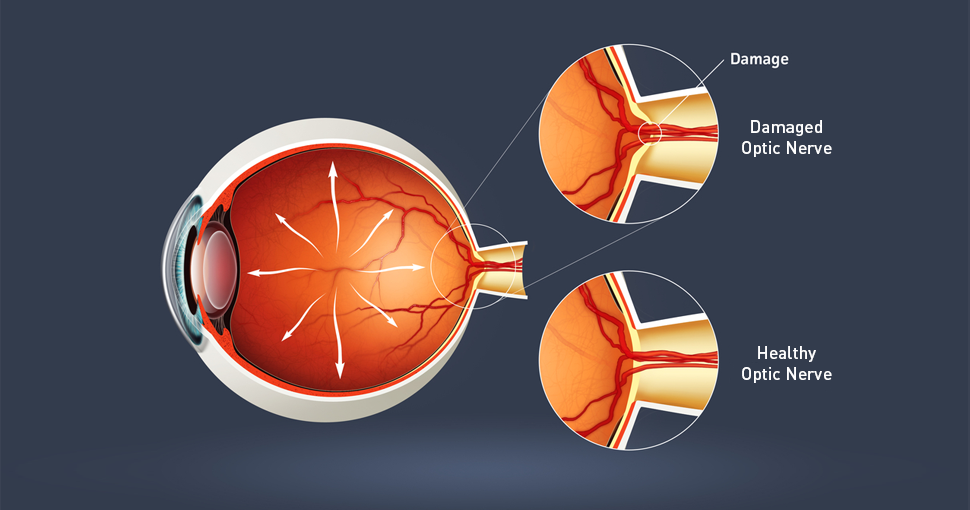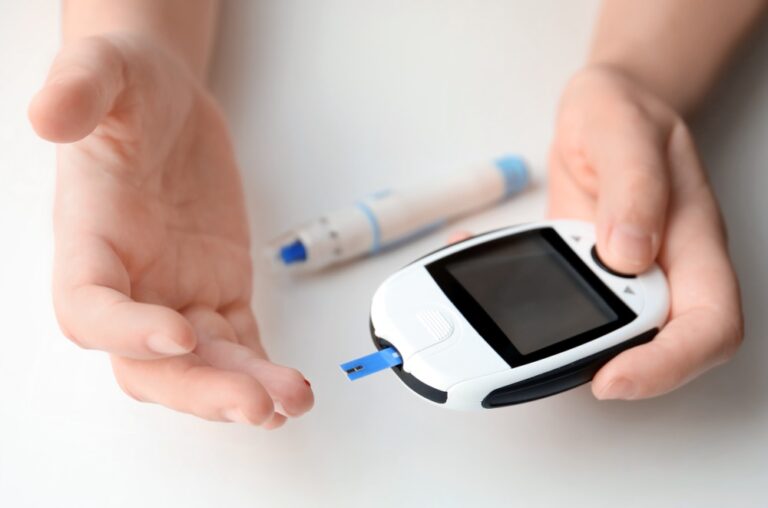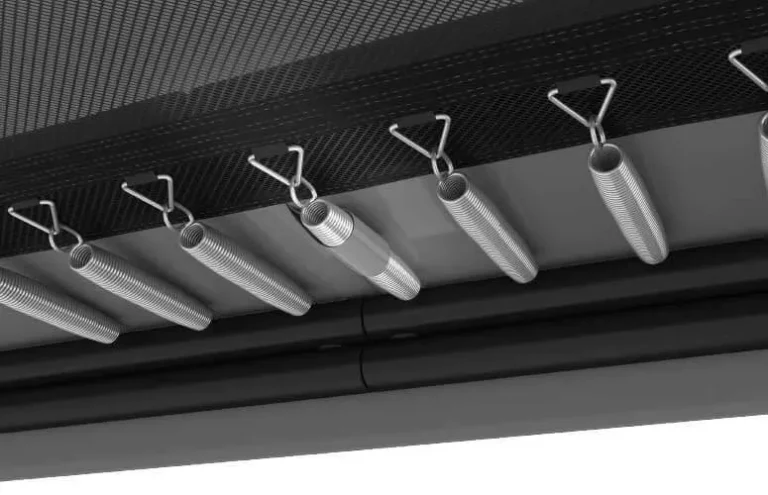
Glaucoma is often termed “the silent thief of sight” for a reason. It tends to develop without noticeable symptoms until significant vision loss has occurred. This progressive eye condition is one of the leading causes of blindness globally. Yet, with early detection and timely treatments such as glaucoma surgery, its progression can often be managed effectively.
What is Glaucoma?
Glaucoma refers to a group of eye conditions that damage the optic nerve, which is central for transmitting visual information from your eye to your brain. The damage is most often a result of increased pressure within the eye, known as intraocular pressure (IOP). Over time, this damage can lead to vision loss or blindness, particularly when left unchecked.
There are different types of glaucoma, with primary open-angle glaucoma and angle-closure glaucoma being the most common. Primary open-angle glaucoma develops slowly over time and is often asymptomatic at first, while angle-closure glaucoma may occur suddenly, accompanied by symptoms like severe eye pain, nausea, and blurred vision. Glaucoma can occur in anyone, but factors like age, family history, certain medical conditions (like diabetes), and ethnicity may increase the likelihood of developing the condition.
How Do You Detect It?
Detecting glaucoma early may be challenging because symptoms may not appear until the disease has progressed significantly. This makes regular eye examinations paramount, especially for those at a higher risk. An eye care professional can perform a variety of tests to detect glaucoma and monitor the health of your optic nerve. These tests may include the following procedures:
- Tonometry: Measures the intraocular pressure to detect elevated pressures that could indicate glaucoma.
- Pachymetry: Measures the thickness of your cornea, as this may affect eye pressure readings.
- Gonioscopy: Inspects the angle where the iris meets the cornea to determine whether the angle is open or closed, helping to classify the type of glaucoma.
How Is It Treated?
Vision loss from glaucoma cannot be reversed. Early treatment can slow or prevent further progression. The treatment approach often depends on the type of glaucoma, its severity, and the individual needs of the patient.
Medications
Eye drops are one of the most commonly prescribed treatments for glaucoma. These medications work by either reducing the production of fluid in the eye or improving its drainage. Daily adherence to your medication schedule is an large part of managing glaucoma effectively.
Minimally Invasive Glaucoma Surgery
For some individuals, glaucoma surgery may be recommended, particularly when medications and other treatments do not provide adequate pressure control. Minimally invasive glaucoma surgery (MIGS) has become a well-regarded option due to its shorter recovery time and reduced complications compared to traditional surgical methods.
MIGS involves implanting tiny components into the eye to improve fluid drainage, reducing intraocular pressure safely and effectively. MIGS can be performed in outpatient settings and is often paired with cataract surgery for eligible patients.
Making an Appointment With a Doctor
Glaucoma is a condition that requires consistent monitoring and management to protect vision. Early detection plays a key role in reducing its impact on day-to-day life. If you notice any changes in your vision, have risk factors for glaucoma, or it has been a while since your last eye exam, schedule an appointment with an eye care professional. They can guide you through screening, diagnosis, and tailored treatment options to help maintain your vision and eye health.
Recommended Articles
Rentumo: The Ultimate Rental Search Platform for Tenants and Landlords
www Nothing2HideNet News: A Comprehensive Guide to Digital Privacy & Security





